29、SpringBoot 源码分析 - RequestMappingHandlerAdapter方法调用原理二
处理大致流程图
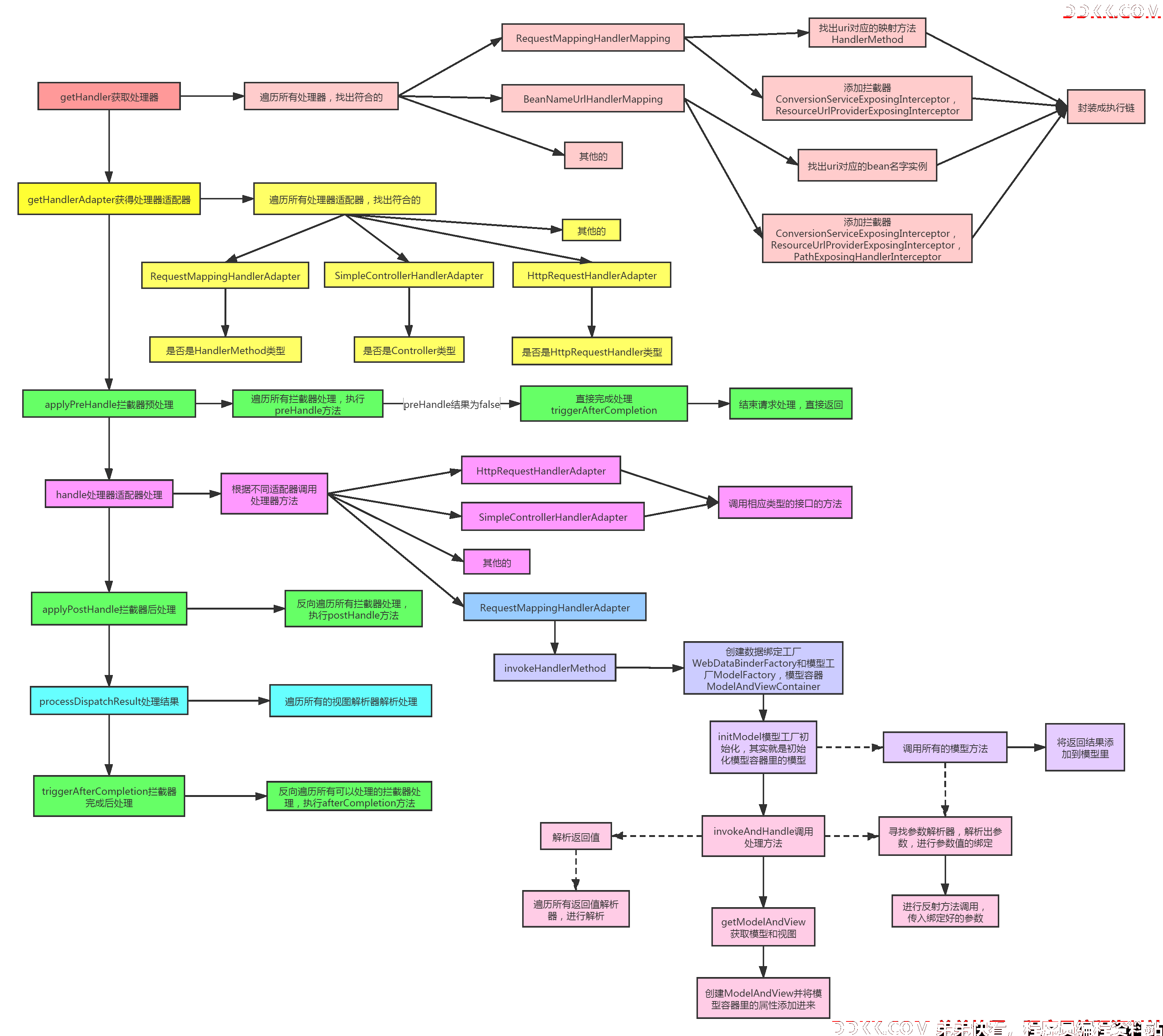
getDataBinderFactory
其实就是先获取方法所在的类,看缓存里有没有相关方法,没有就找出有InitBinder注解的方法放入缓存,然后再处理全局的绑定增强方法,有的话也要加入绑定集合,最后将绑定方法集合封装成WebDataBinderFactory 返回。
private WebDataBinderFactory getDataBinderFactory(HandlerMethod handlerMethod) throws Exception {
Class<?> handlerType = handlerMethod.getBeanType();//方法的处理器类型
Set<Method> methods = this.initBinderCache.get(handlerType);//缓存里获取
if (methods == null) {
//找出处理器类中有InitBinder注解的方法
methods = MethodIntrospector.selectMethods(handlerType, INIT_BINDER_METHODS);
this.initBinderCache.put(handlerType, methods);//放入缓存
}
List<InvocableHandlerMethod> initBinderMethods = new ArrayList<>();//处理器绑定的方法
// Global methods first 全局的优先处理,也就是初始化的时候放进容器的@ControllerAdvice注解的类排在最前面
this.initBinderAdviceCache.forEach((controllerAdviceBean, methodSet) -> {
if (controllerAdviceBean.isApplicableToBeanType(handlerType)) {
Object bean = controllerAdviceBean.resolveBean();
for (Method method : methodSet) {
initBinderMethods.add(createInitBinderMethod(bean, method));
}
}
});
for (Method method : methods) {
//处理器的方法
Object bean = handlerMethod.getBean();
initBinderMethods.add(createInitBinderMethod(bean, method));//封装成InvocableHandlerMethod放入集合
}
return createDataBinderFactory(initBinderMethods);//封装成工厂返回
}
MethodIntrospector的selectMethods根据条件获取相应方法
他会获取targetType以及父类和接口的所有的方法,然后找出有InitBinder注解的方法,这个前面也有讲过,获取uri映射初始化的地方。
public static Set<Method> selectMethods(Class<?> targetType, final ReflectionUtils.MethodFilter methodFilter) {
return selectMethods(targetType,
(MetadataLookup<Boolean>) method -> (methodFilter.matches(method) ? Boolean.TRUE : null)).keySet();
}
//条件就是方法上有InitBinder注解
public static final MethodFilter INIT_BINDER_METHODS = method ->
AnnotatedElementUtils.hasAnnotation(method, InitBinder.class);
createInitBinderMethod
创建可调用方法,其实就是封装了一层,设置了一些参数,以便于后面好操作。
private InvocableHandlerMethod createInitBinderMethod(Object bean, Method method) {
InvocableHandlerMethod binderMethod = new InvocableHandlerMethod(bean, method);
if (this.initBinderArgumentResolvers != null) {
//设置参数解析器
binderMethod.setHandlerMethodArgumentResolvers(this.initBinderArgumentResolvers);
}
binderMethod.setDataBinderFactory(new DefaultDataBinderFactory(this.webBindingInitializer));
binderMethod.setParameterNameDiscoverer(this.parameterNameDiscoverer);//设置属性探测器
return binderMethod;
}
getModelFactory获取模型工厂
模型工厂跟数据相关,当然需要数据绑定帮忙啦,所以这里把处理方法和数据绑定工厂一起传进来了。
首先获取SessionAttributesHandler,如果处理器类上有SessionAttributes注解的话,就要获取相关信息。然后从缓存里获取有ModelAttribute和RequestMapping注解的方法,暂时叫他模型方法吧,这个方法会在处理方法前调用,可以理解为对模型做预处理。缓存不存在的话就去找出来放进集合,还是用MethodIntrospector.selectMethods,条件就是方法有ModelAttribute和RequestMapping注解。然后将符合条件的方法放入缓存。然后再去处理全局的那种加入集合,最后将集合里的方法封装成InvocableHandlerMethod,这个跟上面数据绑定的方法一样,最后创建一个模型工厂返回。
private ModelFactory getModelFactory(HandlerMethod handlerMethod, WebDataBinderFactory binderFactory) {
SessionAttributesHandler sessionAttrHandler = getSessionAttributesHandler(handlerMethod);
Class<?> handlerType = handlerMethod.getBeanType();
Set<Method> methods = this.modelAttributeCache.get(handlerType);//缓存里取
if (methods == null) {
//查找同时有RequestMapping和ModelAttribute注解的方法
methods = MethodIntrospector.selectMethods(handlerType, MODEL_ATTRIBUTE_METHODS);
this.modelAttributeCache.put(handlerType, methods);
}
List<InvocableHandlerMethod> attrMethods = new ArrayList<>();
// Global methods first 处理全局的,排在最前面
this.modelAttributeAdviceCache.forEach((controllerAdviceBean, methodSet) -> {
if (controllerAdviceBean.isApplicableToBeanType(handlerType)) {
Object bean = controllerAdviceBean.resolveBean();
for (Method method : methodSet) {
attrMethods.add(createModelAttributeMethod(binderFactory, bean, method));
}
}
});
for (Method method : methods) {
Object bean = handlerMethod.getBean();
attrMethods.add(createModelAttributeMethod(binderFactory, bean, method));
}
return new ModelFactory(attrMethods, binderFactory, sessionAttrHandler);
}
模型方法条件
public static final MethodFilter MODEL_ATTRIBUTE_METHODS = method ->
(!AnnotatedElementUtils.hasAnnotation(method, RequestMapping.class) &&
AnnotatedElementUtils.hasAnnotation(method, ModelAttribute.class));
全局的模型方法
其实就是设置全局的属性:
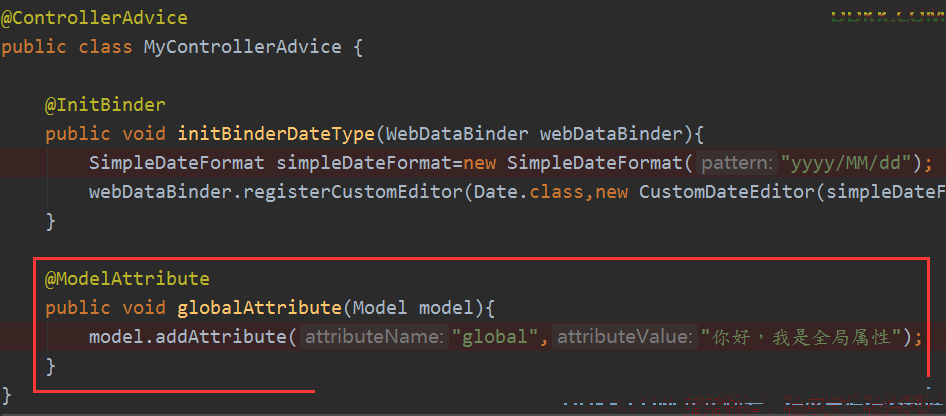
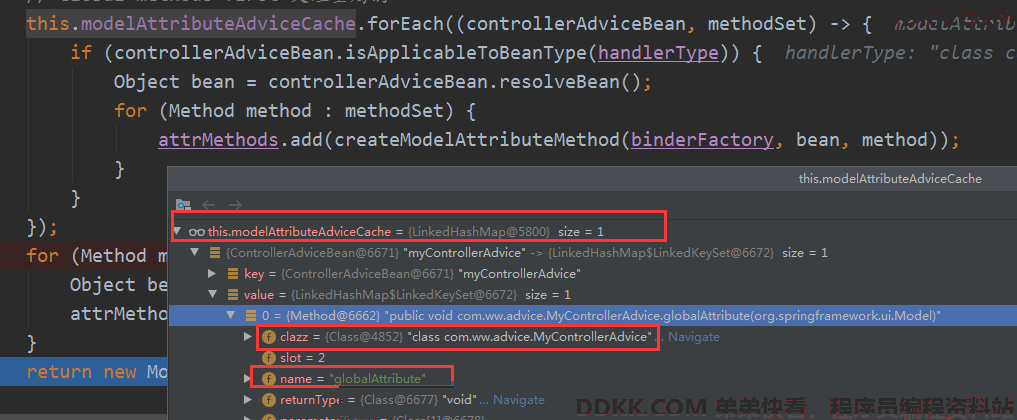
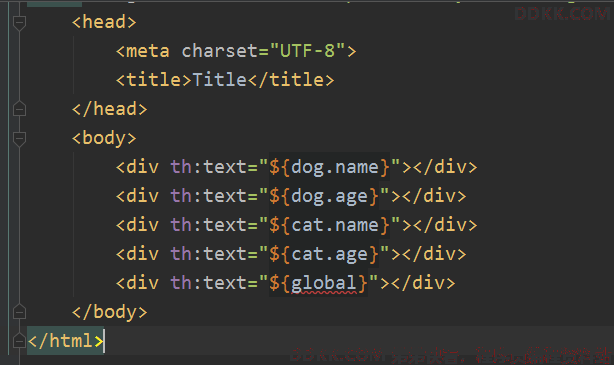
先看下结果:
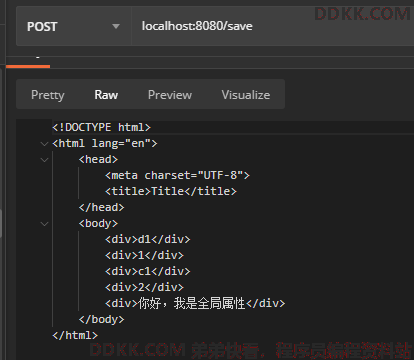
ModelFactory构造方法
把方法都封装成了ModelMethod模型方法,其他的只是赋值。
public ModelFactory(@Nullable List<InvocableHandlerMethod> handlerMethods,
WebDataBinderFactory binderFactory, SessionAttributesHandler attributeHandler) {
if (handlerMethods != null) {
for (InvocableHandlerMethod handlerMethod : handlerMethods) {
this.modelMethods.add(new ModelMethod(handlerMethod));
}
}
this.dataBinderFactory = binderFactory;
this.sessionAttributesHandler = attributeHandler;
}
ModelMethod模型方法
这里会进行方法的参数检查,如果有ModelAttribute注解的参数,那就是一定要的,所以会添加到依赖dependencies中,依赖在后面调用模型方法的时候会有用,但是这里的依赖是字符串类型,所以要获取参数名字,如果在ModelAttribute注解中没写的话,默认会是参数类型的首字母小写为名字,比如String类型的话,就是string。
public ModelMethod(InvocableHandlerMethod handlerMethod) {
this.handlerMethod = handlerMethod;
for (MethodParameter parameter : handlerMethod.getMethodParameters()) {
if (parameter.hasParameterAnnotation(ModelAttribute.class)) {
this.dependencies.add(getNameForParameter(parameter));
}
}
}
比如这样模型方法有参数@ModelAttribute String aaa,ModelAttribute注解内没指定名字,而方法只有参数类型信息:
他的依赖属性名就是:

至此我们数据绑定工厂和模型工厂创建好了,解析去就要做事了。
好了,今天就到这里了,希望对学习理解有帮助,大神看见勿喷,仅为自己的学习理解,能力有限,请多包涵。